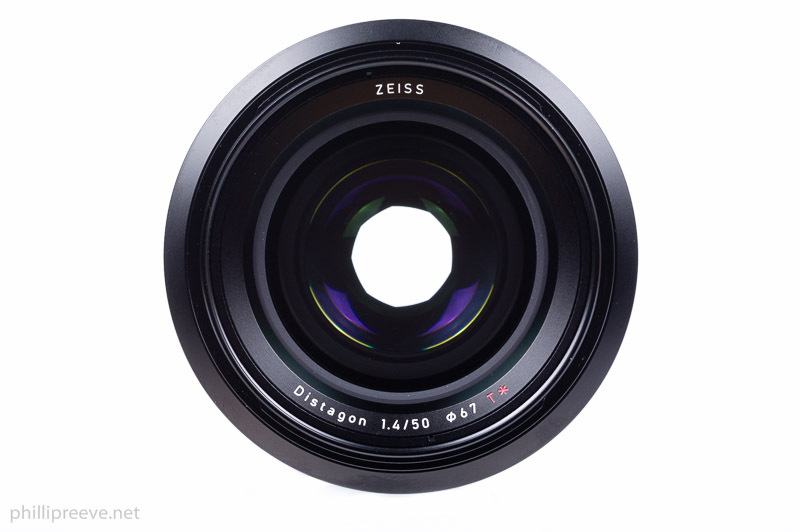 Classic 50mm lenses are rather small, affordable and not very good wide open. The new Zeiss Milvus 1.4/50 is very big, very expensive and very good from f/1.4.
Classic 50mm lenses are rather small, affordable and not very good wide open. The new Zeiss Milvus 1.4/50 is very big, very expensive and very good from f/1.4.
For this review I used the Milvus on my Sony a7.
All images in this review are processed from raw unless I mention otherwise. I did nothing fancy, just a little contrast and some sharpening.
Disclosure: This copy was loaned from Zeiss at no charge.
Sample Images

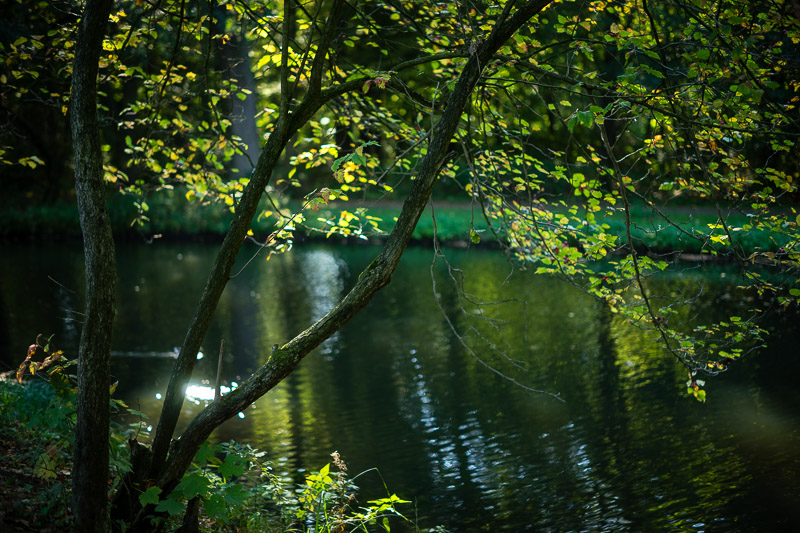
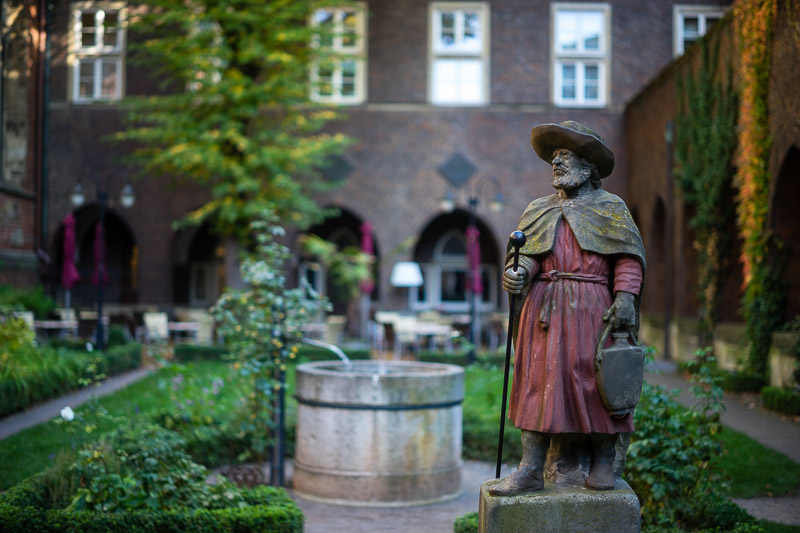
Specifications
These are the specifications for the ZF.2 version I used, the ZE version is slightly heavier and longer.
-
- Diameter: 83 mm
- Length: 94 mm
- Filter Diameter: 67 mm
- Weight: 875g
- Number of Aperture Blades: 9
- Elements/Groups: 10/8
The Milvus 1.4/50 sells for $1199 at B&H Photo (affiliate link), in Europe it sells at 1199€.
Build Quality
The Milvus 50 feels very solid, nearly everything is made from metal, markings are engraved and filled with paint. The hood is heavy and made from metal as well, only the locking mechanism of the hood is made from plastics.
Zeiss claims that they used “special seals for protection against dust and splashes”. I can’t asses how much this is worth, I won’t disassemble a loaned lens, all I can report is that the lens has a rubber gasket around the bayonet.
Focus and aperture ring show zero play.
Ergonomics
Size, Weight and Handling
Wow. That Milvus 1.4/50 is big.
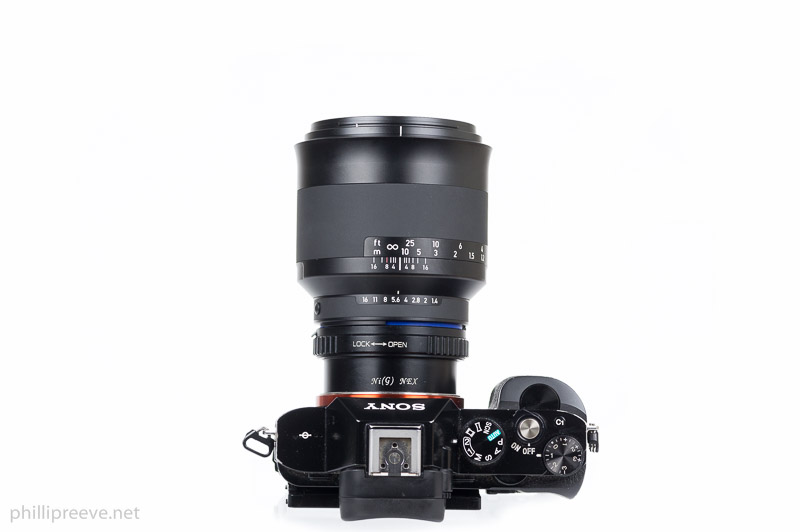
Add the massive hood and it is gigantuous for a 50mm lens.
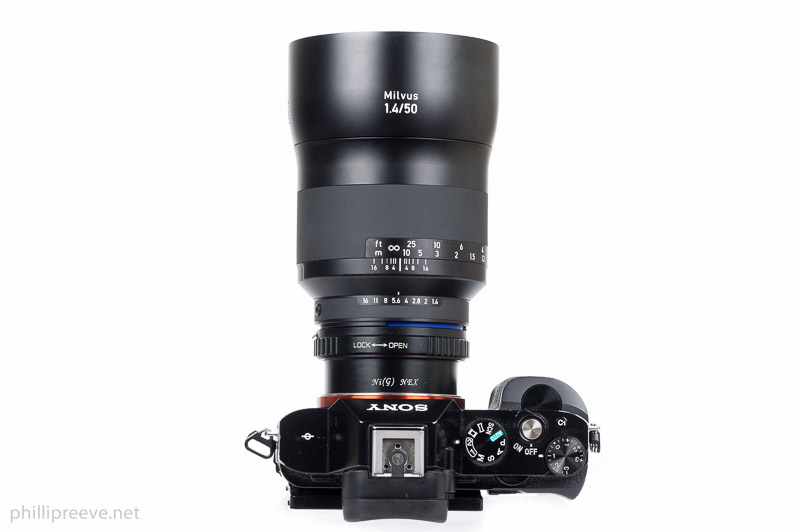
At more than 1000g with hood and adapter it is about as heavy as my Canon FD 4/300L. Traditional 1.4/50mm lenses weight about a third of that.
Handling on the Sony a7 is rather poor, you need your left hand to support the lens and focusing is quite hard while you also support the lens. Add an L-bracket and it improves quite a bit because now your right hand can support the lens well enough.
Lens Hood
The lens hood is mostly made from metal and as heavy as it is large. It attaches very firmly and protects the front element very well, both from stray light as well as from any damage.
Focusing
In case you haven’t noticed yet: this is a manual focus only lens and I will review it as such.
The focusing ring turns about 130 degrees from 45cm to 1m and a further 90 degrees from 1m to infinty.
The focusing righ is rubberizer and totally flat but grippy enough, based on the images I could have imagined that the flat surface is a problem but it isn’t.
The lens extend a little bit when the focusing ring is turned, less than 3mm whereas other 50mm lenses extend by about 6mm, I found this a bit curious.
Since the lens is so heavy a lot of mass has to be shifted to focus and you notice that when you turn the focusing ring, it offers a rather high resistance, higher than I like it.
The rather long focus throw and higher than usual resistance make it ideal for very precise focusing but limit the Milvus 1.4/50’s usefulness when speedy focusing is required.
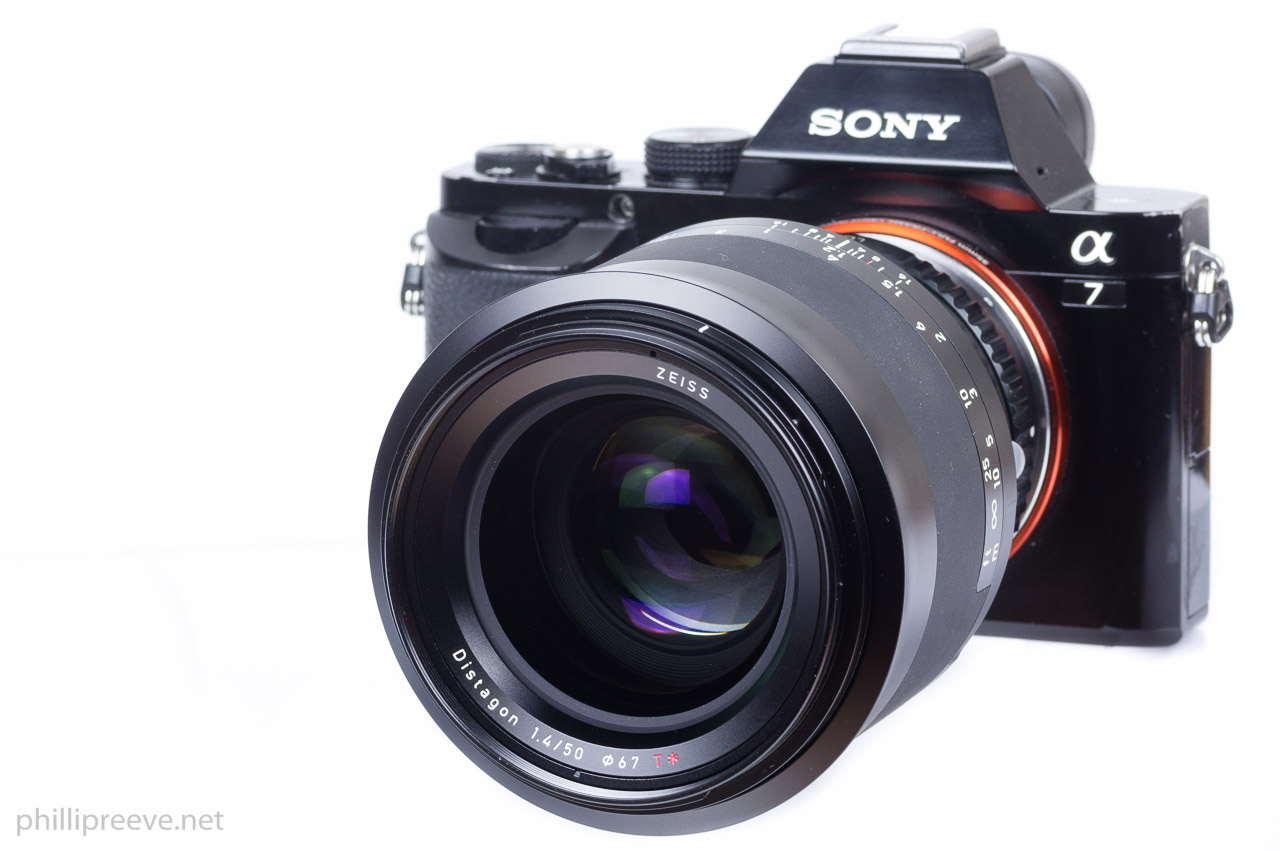
Aperture Ring
The ZF.2 version I used has a dedicated aperture ring (unlike the ZE version with Canon EF mount where the aperture is controlled electronically by the camera).
The aperture ring is flat and rubberized, just like the focusing ring but I also found it grippy enough. The aperture ring moves in half-stops from f/1.4 to f/11, there is no click between f/11 and f/16.
What I didn’t like was that the aperture ring offers very little resistance, I unintentionally changed the aperture several times and only noticed it later. This has never happened to me with old Minolta MD/MC or Canon FD lenses and the Zeiss Loxia 2/50 also offers more resistance.
I also found it curious that the Milvus’ smallest f-stop is f/16, not that I ever use f/22 but it’s what I am used to from other lenses and the other Milvus lenses stop down to f/22 as well.
I think both the focusing and aperture ring aren’t designed as well as they could have been designed. To be honest I expected a bit more from a lens at this price point. With time you will probably get used to it and it won’t be an issue any more.
Optical Performance
Flare Resistance
I think I have never seen a better performance, there is hardly any contrast loss and ghosting is only visible under the most extreme condions, even then ghosts are small and dull.
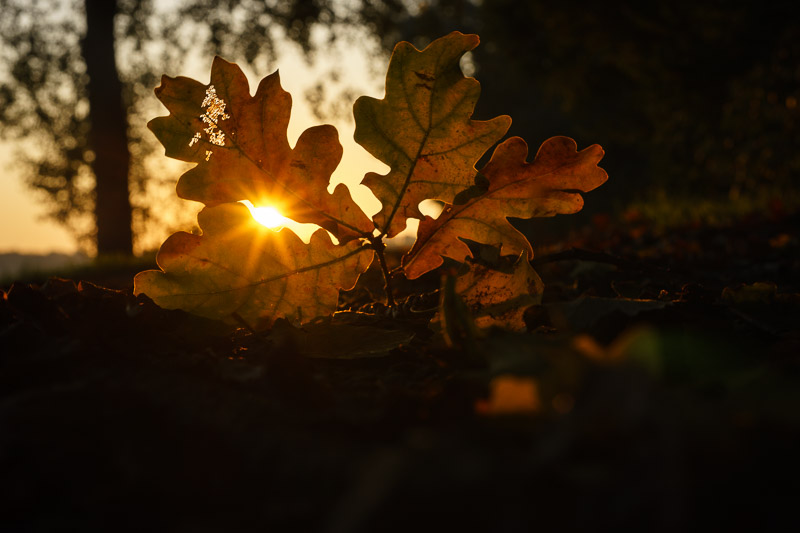
Vignetting
At f/1.4 vignetting is noteable under critical conditions, by f/2 it is minor an from f/2.8 there is basically no visible vignetting. For a fast 50mm lens this is a good performance.
Cromatic Aberations
Lateral CA: very well corrected, I didn’t find any.
Defocus Color Fringing: This is the aspect were the Zeiss Milvus 1.4/50 is clearly inferior to it big brother the Otus 1.4/55. Fringing is quite visible at faster f-stops.
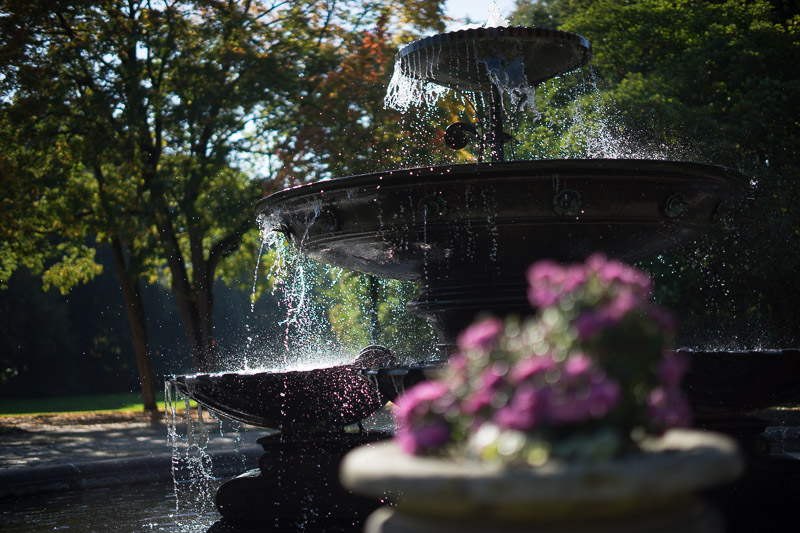

Distortion
Some barrel distortion, you might want to correct it for very critical applications
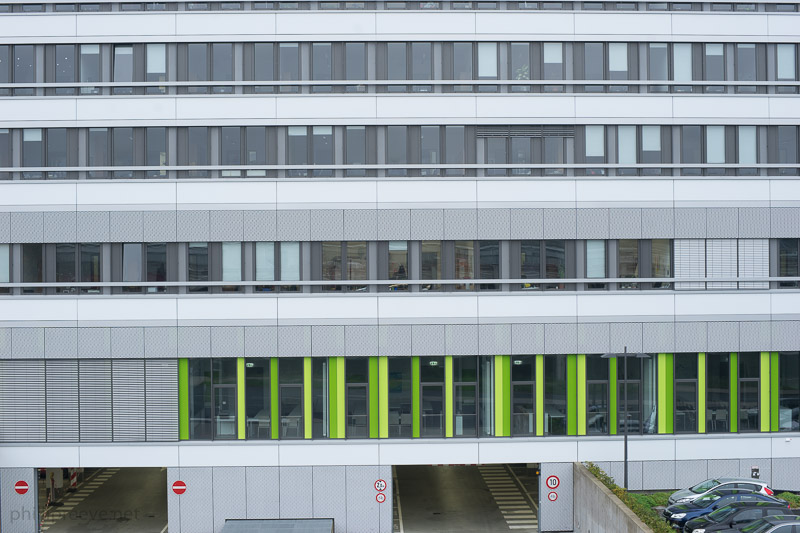
Bokeh
The Bokeh is very smooth for a 50mm lens, I will go into detail later, for now here are some pictures:
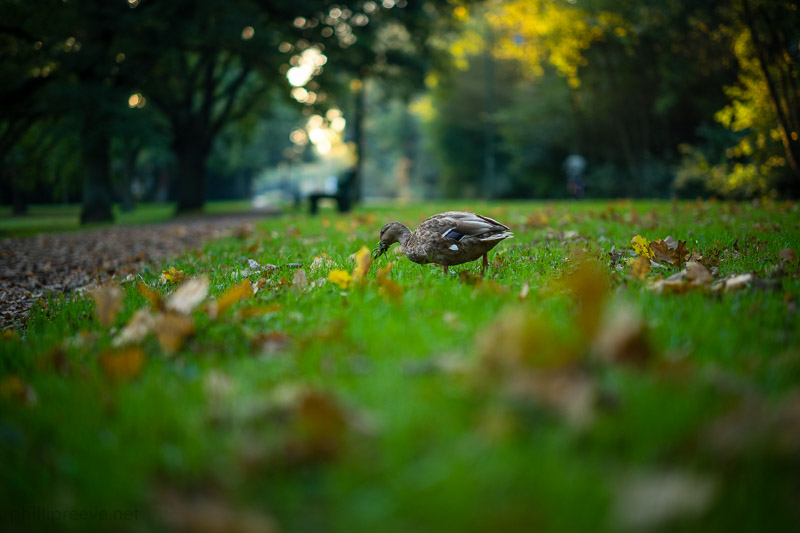

So far I haven’t seen any onion-rings like you will see them with the Sony FE 1.8/55.
At f/1.4 you will see the cat eyes effect were blur discs aren’t round in the corners but more oval.
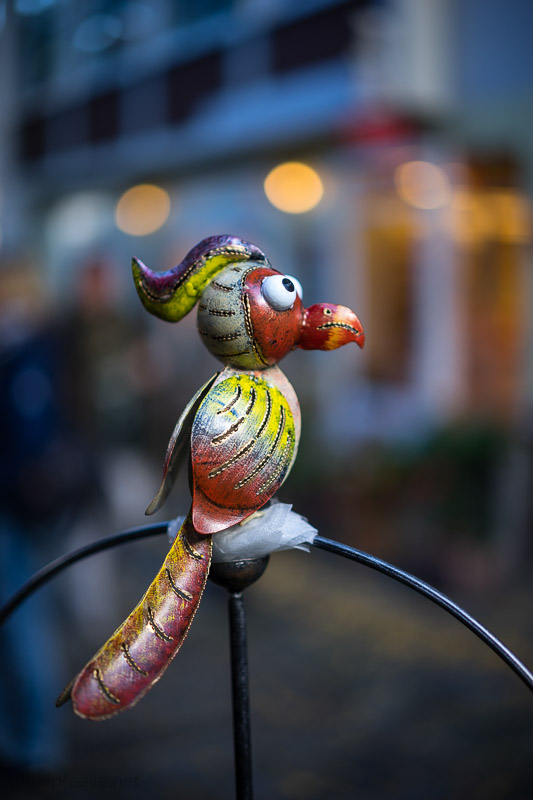
Stop down to f/2 and the cat eyes effect is greatly reduced. The shape of blur discs stays very round when the lens is stopped down thanks to 9 aperture blades.
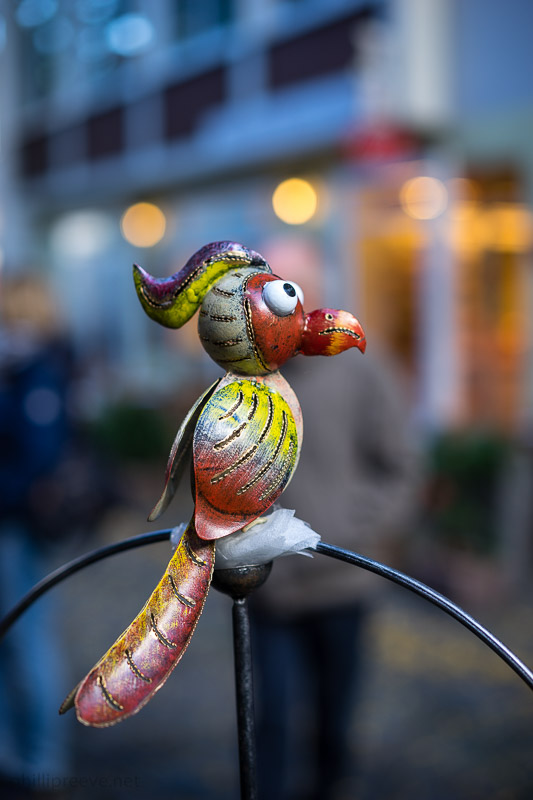
Sharpness
Traditional 1.4/50mm lenses have low contrast at f/1.4 with decent resolution in the center and poor corners.
The Zeiss Milvus is very sharp in the center with high contrast from f/1.4.
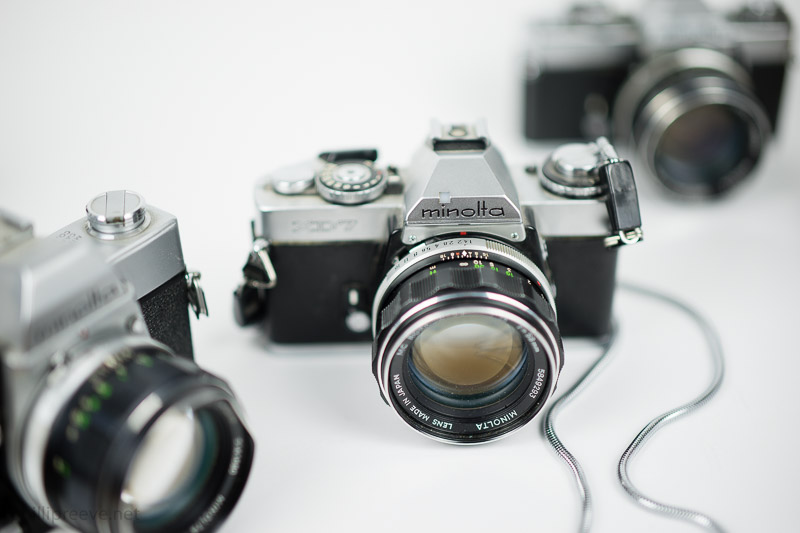
Stop down to f/2 and the sharpness reaches excellent levels:
While the corners show a lower resolution they are still remarkably sharp for a 1.4/50.

100% crop from the corner:
Stopped down the Milvus 1.4/50 is of course super sharp but that’s hardly surprising, even 30-years-old $20 50mm lenses are. If you look carefully you will notice that the far corners are somewhat soft even at f/8.
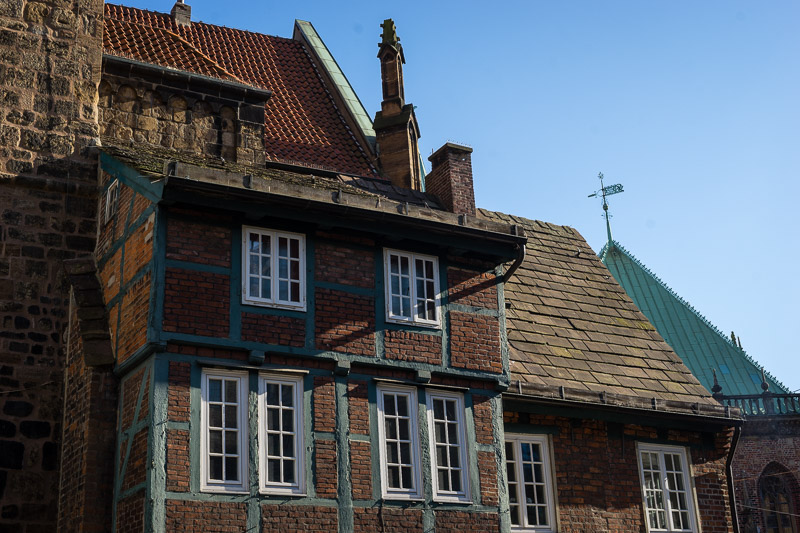
Is the Sony a7 series a good platform for the Milvus series?
The Zeiss Milvus lenses are very big and of course they will handle better on a big DSLR like the D810 or 5Ds. But it is not like handling with a small Sony a7 is a huge pain in the a*#. Once you have added a L-bracket to the camera even the mighty Milvus 1.4/50 is well enough balanced.
While you certainly wouldn’t choose an Sony a7-series because of the handling, a strong argument can be made for the Sony’s and thats focusing. I have used manual lenses on a Cann 5dII for a while. Whit a special focusing screen my portraits turned out well enough but to get consistent results at longer distances required me to use the not-tiltable LCD which was quite limiting.
On the a7 series you can quickly focus very precisely either trough the EVF or with the monitor which can be tilted.
For me the much better focusing experience is more important than the less good handling and I think the a7 series is a good platform to enjoy the Milvus 1.4/50 and other members of it’s family.
Conclusion
I think Zeiss got nearly everything right with the optical qualities. It is very sharp and contrasty, it has very nice bokeh and is well corrected for anything but defocus color fringing. It is a significant step up from older normal lenses and I think I prefer it also to the the FE 1.8/55 which plays in the same league but it is a bit slower and the onion rings can be a bit distracting.
The trade-off for the very good performance is of course the price and the size. The price is high but I think it’s fair if you consider the very good build quality and performance.
From the perspective of an Sony a7 user size and weight can be justified if you really want a very fast lens with a real focusing ring but for most users the FE 1.8/55 will be more attractive at 1/3 of the weight.
Personally I am still on the fence. I value a good manual focusing experience highly and I like the image quality quite a bit. But I don’t know yet if that justifies carrying a 1kg lens with me.
The Milvus 1.4/50 sells for $1199 at B&H Photo (affiliate link), in Europeit sells at 1199€. If this review was helpful to you, please consider using my affiliate link. I will earn a small commission on your purchase and it won’t cost you anything. Thanks!
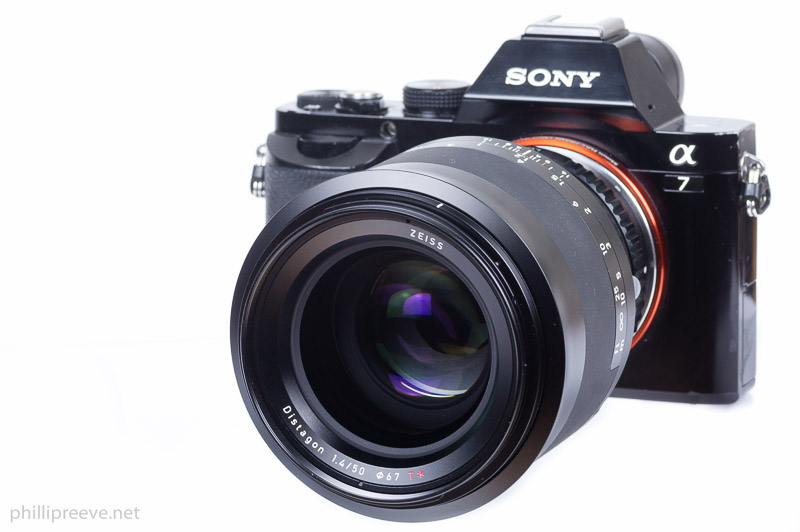
More Sample Images
You can find all the full resolution images I have uploaded in this flickr set: Milvus 1.4/50 flickr

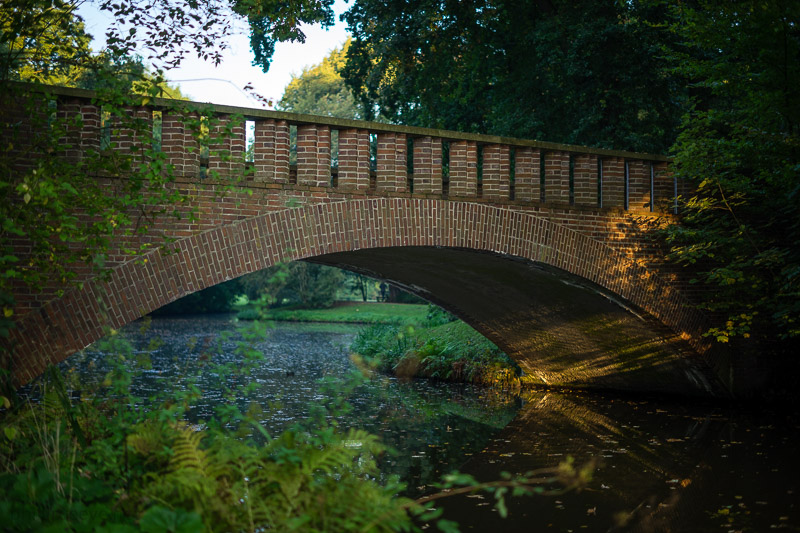
Other Articles
This site contains affiliate links. If you make a purchase using any of the links marked as affiliate links, I may receive a small commission at no additional cost to you. This helps support the creation of future content.
Latest posts by Phillip Reeve (see all)
- Review: Samyang AF 75/1.8 FE - April 12, 2021
- The FE-List now has 113 lenses on it - March 25, 2021
- 2020 – Year’s end review - December 28, 2020
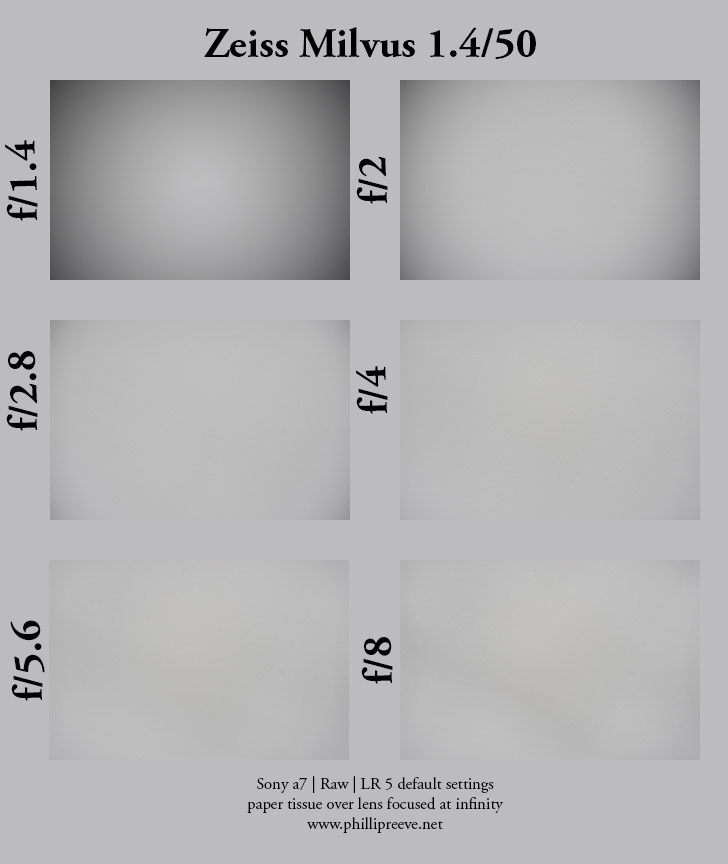
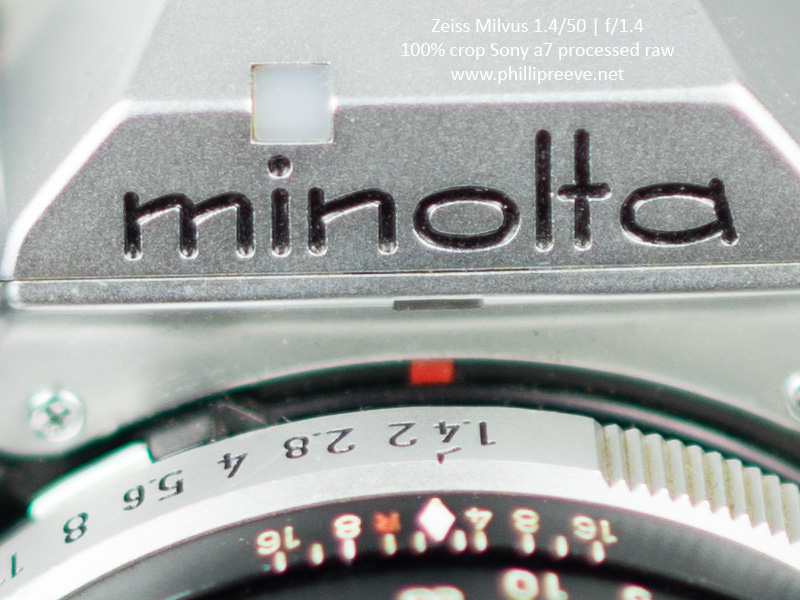
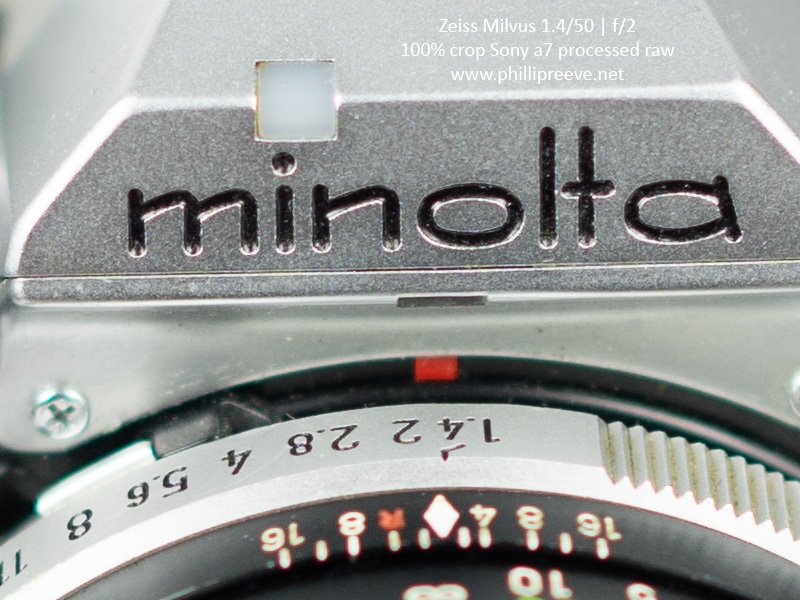
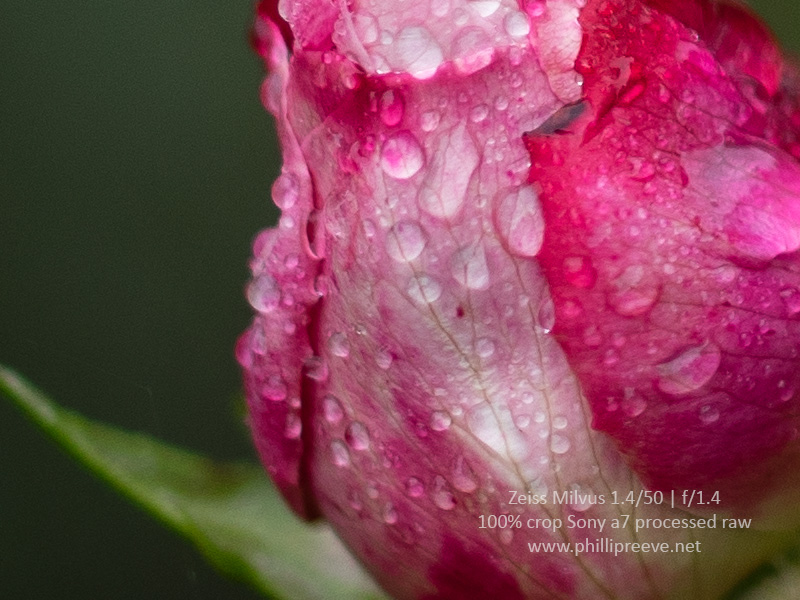
Well reviewed as always Phillip.
The big difference between it and the FE 55/1.8 is the huge SIZE and weight, not exactly “balanced” on an A7.
Lovely out of focus smoothness, nicer than I remember from the old Z* series,(?) but such bad colour fringing. Has the design changed or is this just repackaging of the same optics?
I agree that such a loose aperture ring is not what you expect in this price bracket. “Style” over functionality.
Wouldn’t tempt me.
Would you do a side by side with the loxia 50mm or the 55 1.8 from sony?
With the Loxia: yes.
Hi, Phillip, does that mean you returned your FE55 1.8?
I sold it, didn’t like the manual focusing
Did you ever complete this comparison? I too would be interested… loxia 50 is lovely, currently favorite lens i shoot with because of combination of iq, ergonomics, and intuitive focusing. If you had both, which would u take with you to a wedding or portrait session?
I would take the Milvus without a doubt because it’S a stop faster and has much nicer bokeh. As a general purpose lens it is much too big though.
Do you know how this would compare to the sony fe 50mm 1.4?
Nice review, I see that your test is with the Sony A7.
I understand that the Zeiss Mulvis is make for high resolution sensors with pixel pitch of less than 5.0. It would be nice if your test is based on the new Sony A7r ll. I am using a Canon 5Dsr and this is having a sensor pitch of less than 4.5. How will then lens perform with this range of sensor pitch?
It would certainly be nice to own such a high resolution camera but for me the investment isn’t worth it.
Nice film cameras. Do you use the XD 7? I love mine, amazing camera.
I always plan to, but then the Sony a7 is so much more convenient and my film cameras stay home.
It looks fairly enormous on the A7 but from what I see here the optics are really quite something. Still..does it whisper “pick-me-up” more than that silver XD7 with a silver-ringed MC prime?
(I have an XD7 too and I like to pair it with the MC 58 1,4 more than the MD 50 1,2 in part because I like the MC focus ring better but also because silver-black MCs match the silver-black XD7 significantly better than black-black MDs do)
If I could swap my MC 1.2/58 for this lens for free I would do it. At 4 times the price: I am not really tempted 😉
Love your review Phillip, and this is no exception. Though this lens is far from anything I’d consider for myself on the A7, it’s great to see what’s out there and how it compares. Thanks for the thoughtfulness and work you do.
Thank you for this test. I’m very tempted by this family for my A7SII homogeneous.
The size makes me a little scared, but I think it is worth it. Which adapter you used for ZF.2? Have you the magnification is in the viewfinder when the focus? Thx
I used a K&F concept adapter which is well made but too short. This will throw off the markings and it can cause problems with the floating elements of the Milvus 2.8/21.
You can assign magnification to any button you want, precise focusing is very easy with the a7 series
Hello Phillip, great review. I intend to go A7R4 and I already got the Milvus 21/2.8. What are these adaptor-caused problems with floating elements you have mentioned? Which adapter would you recommend for this lens? Also, did you try any of the TS adaptors with the Milvus 21? I have read it covers the fuji gfx chip, so there could be a (slim) chance it might work.
If adapter thickness isn’t 100% (and it usually isn’t) there will be some field curvature and we have also seen a simple drop in sharpness off center. The most precise adapter seems to be the Sigma MC11. Or you could sell the Milvus for the as good but much smaller Loxia 2.8/21.
Thanks! But my Milvus 21/2.8 is in Nikon mount. Sorry I didn’t say it first. Not so keen on selling, though. I just got it, and I was hoping I could also use it for video with that long focus throw and gears Zeiss makes for them. Also, I still do have a pile of MF-LF gear to move first.
Hello Phillip!
I did it, I have shimmed that metabones lump just right for the zf2 Milvus 21. It took me seven attempts, but by now, I can do the adapter field stripping blindfolded. It works, and it works well on my pre-COVID mad buy-the A7R4. So much detail, texture, and depth. So happy with the images. Brings back warm memories of its granddad, the CF40/4 Distagon. So, the recipe goes: Unscrew the bayonet mount on the lens-receiving side, vinyl tape shims go under the three springs and the lock, to tighten the adapter hold, and inside the bayonet ring groove, the copper self-adhesive tape. Both single layer. Try the impossible, adapt the Zeiss ultrawide aspherical lens from Nikon to Sony. Dare. Live once. And now… does anyone here wanna trade for a Loxia..? …I’ll throuw in an 82 ND filter and a lowepro lens bag… Anyone…?
I guess, with the Sony battery grip, heavy glasses can be handled quiet good!
I have to do this, and it works fine, with my heavy C/Y Zeiss glasses!
Hello, and thanx for review)
What do you think about sal 50f1.4? is it good?
Never used it.
Thanks for your excellent review. I bought the lens 2 days ago and had cold feet .. this review helped me get over that.
Hi Phillip,
the Milvus 1.4/50 is definetly a great lens. For me it’s still interesting, although I’m very happy with the Voigtländer Nokton 58mm f1,4 SLII-S AI-S.
Do you have an idea what the difference between this two lenses is in real life?
I own the Milvus 50/2 and the only downside to it (and all Milvus lenses) is its size! Everything else about this lens is remarkable. As you stated, Phillip, the focusing features on the Sony a7xxx system really add to the special image qualities of this lens and far outweighs (pun intended) any other negatives. With this and my CZ Milvus 135/2 I do have a pretty heft bag.
A 2nd hand Milvus ZE 1.4/50 started me up. It boost the IQ of my Canon EOS 7D tremendously, compared to my (pro) zooms. Then switch to Sony A7r II. What ist does on a high Mpix sensor is just phenomenal. So Milvus 21/100/85/135 followed, almost all my lens collection went to the bay. The only problem: if you put something minor on the lensholder (i.e. camera) you see it straight away. It’s a top and safe investment – just buy them once, if necessary or desirable, just switch your lens holder (e.g. when broken or you want 100 Mpix or more) and maybe also the adapter.
BIG SMILE. I had almost exactly the same experience. Second hand Milvus 1.4/50 on Canon 7D just had me sell my L and non-L ‘top’ zooms. Added Milvus 21/100/85, sold the 85 for the 135, which has the same resolution on very distant objects as my former Canon 100-400L at 400 mm (!). Changed the lens holder to A7rII 🙂 for a much better DR, resolution and focusing. With customised 12,5x focus peaking I find AF systems unacceptable, as the keeper rate is below MF for my use cases. Buy once and ENJOY!
I have the CZ 50mm f2 Macro Planar (ZE) . The image quality of Zeiss on my Canon 5DIII looks like it is from Medium Format camera!!